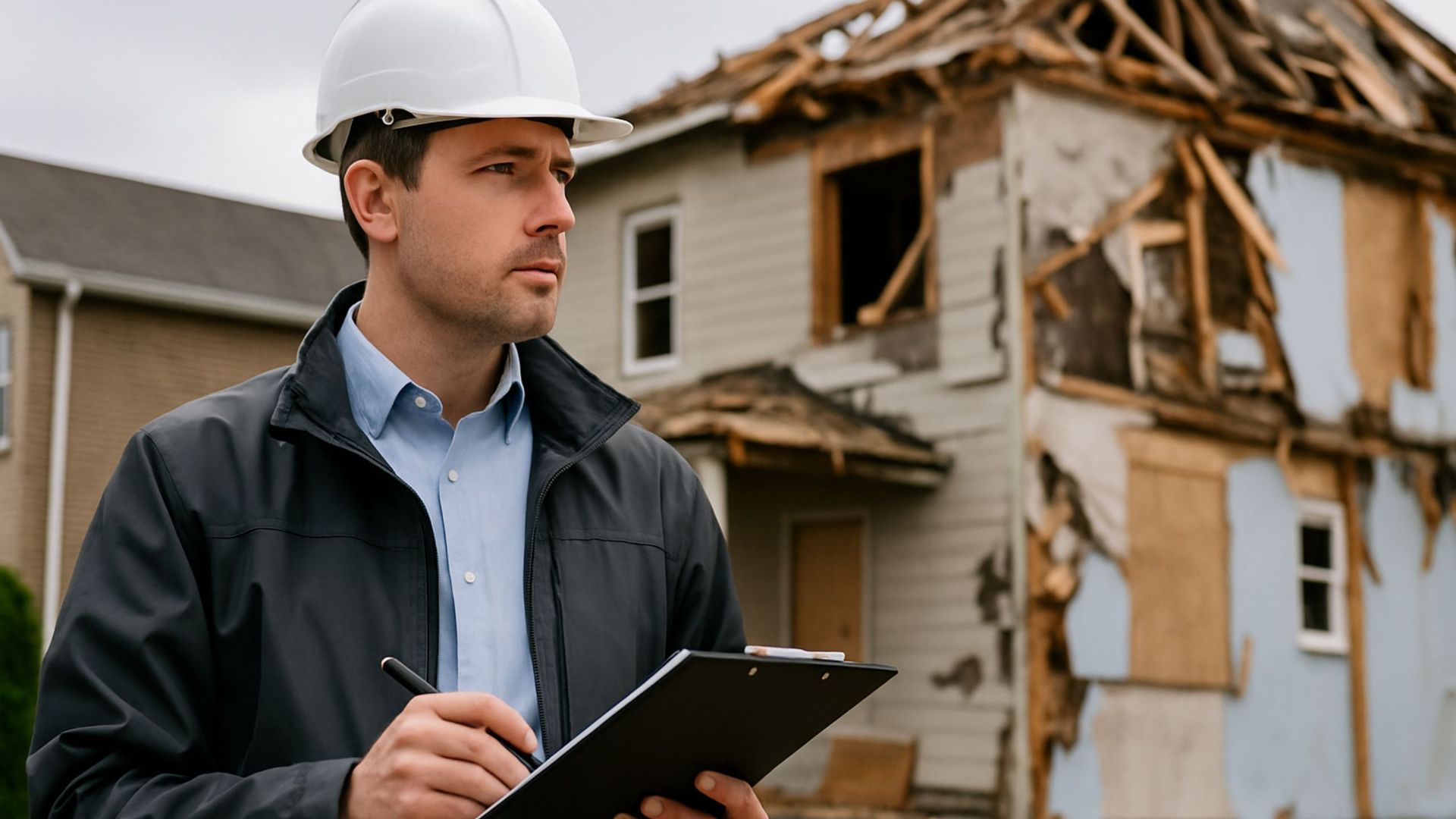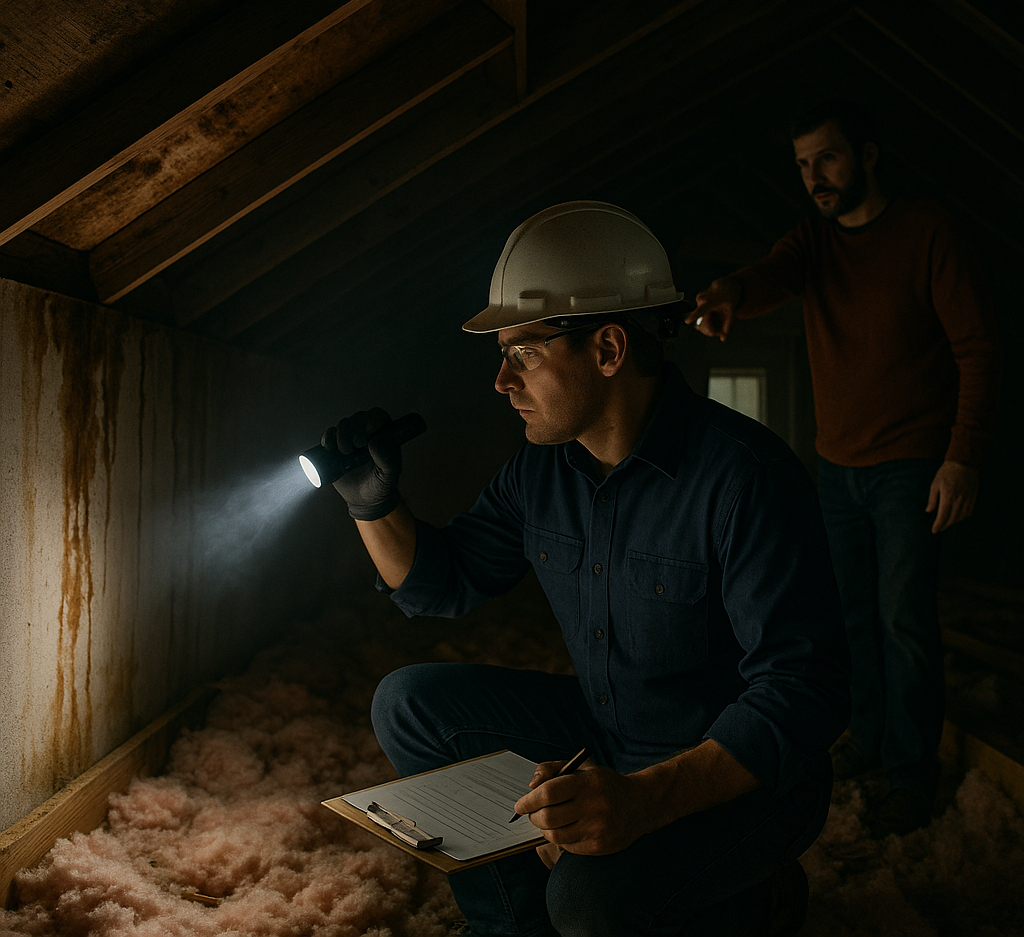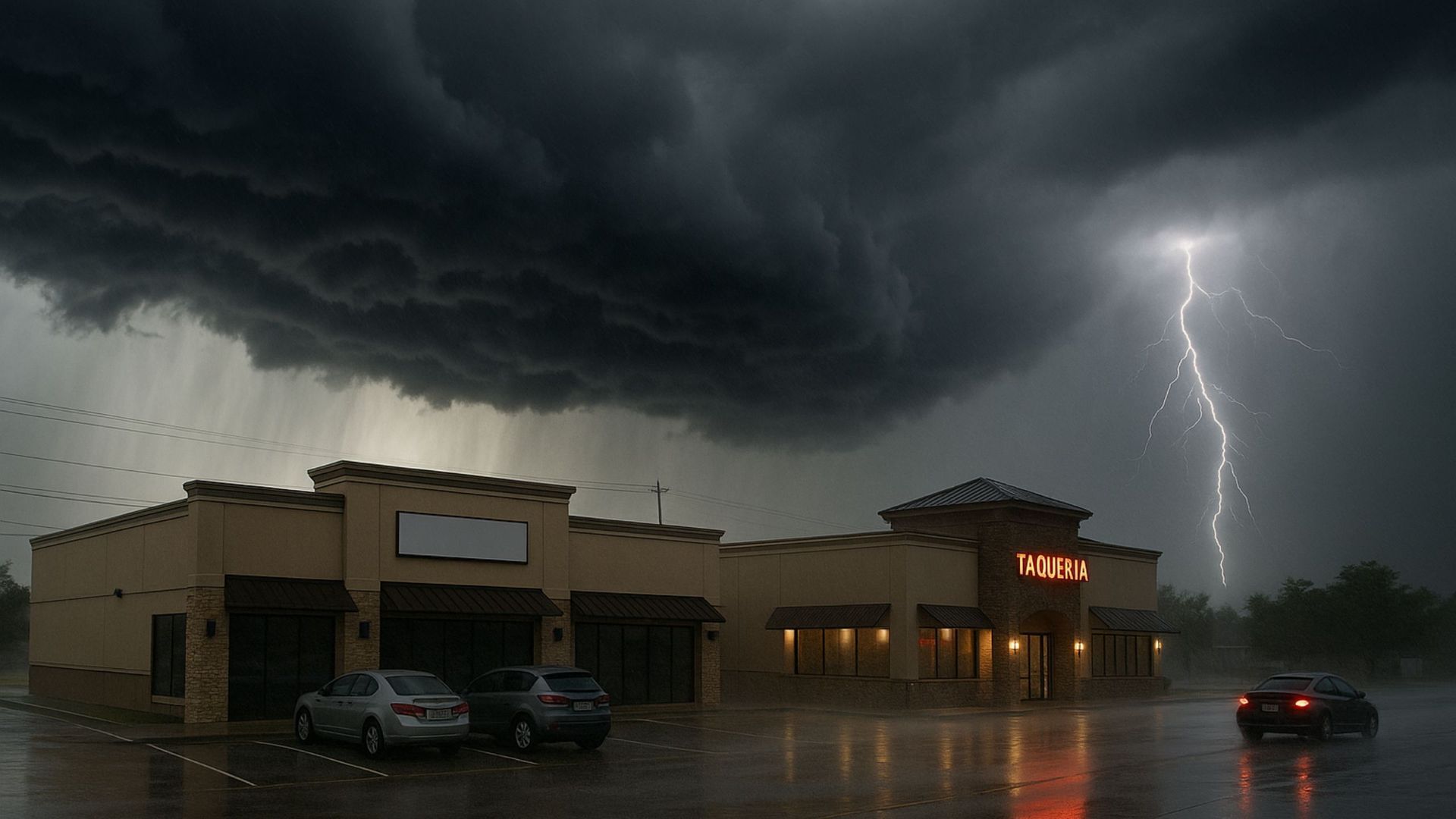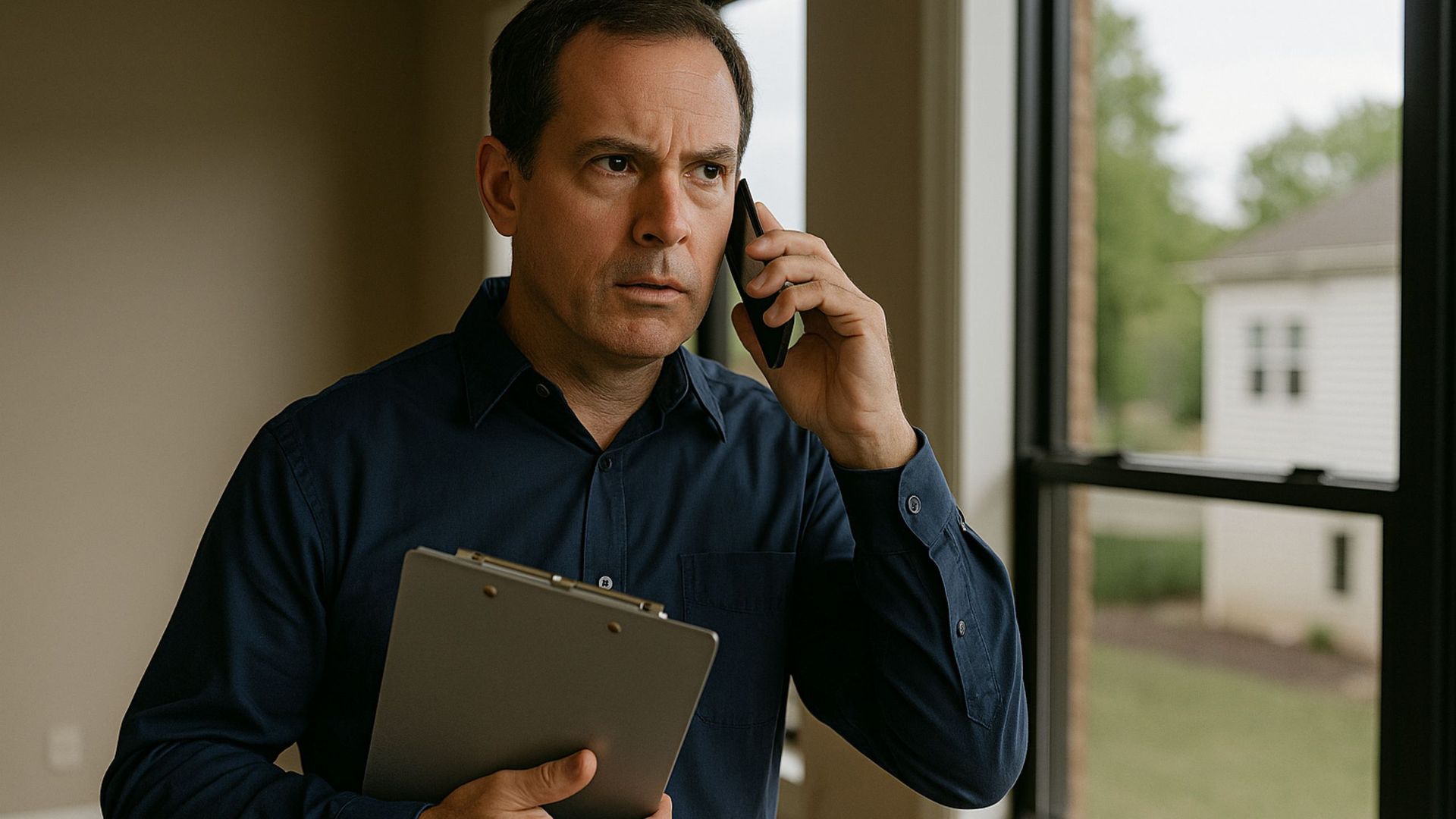Have You Ever Had to Reopen a Claim Due to an Incomplete Inspection?
Incomplete Inspections Cost Time, Trust, and Resources
In the fast-paced world of insurance claims, speed matters. But when inspections are rushed or lack technical depth, the result is often the same: reopened claims, policyholder frustration, and avoidable delays.
Whether it’s after a storm, flood, or structural failure, incomplete or surface-level inspections can leave major questions unanswered. For insurance professionals, that means circling back, reallocating staff, and sometimes reopening claims weeks—or even months—after they were supposedly closed.

The Risks of Incomplete Damage Assessments
An initial inspection might check the box, but does it answer the most important questions?
- Was the cause of damage clearly identified?
- Did the inspector evaluate structural components beneath surface damage?
- Are repair recommendations compliant with current building codes?
- Could hidden damage cause future disputes or litigation?
If not, there’s a good chance the file may need to be reopened. These rework cycles increase claim costs, slow down your team, and impact policyholder confidence.
The Role of Forensic Engineering in Preventing Reopened Claims

Forensic engineering is designed to go deeper than traditional inspections. It applies science, code knowledge, and investigative methods to uncover the true cause and extent of damage.
Here’s what forensic evaluations can uncover that general inspections often miss:
- Foundation shifting caused by flooding or ground saturation
- Roof deck detachment not visible from exterior views
- Water intrusion behind walls or under floors
- Damage to load-bearing systems or hidden trusses
- Differentiation between storm damage and long-term deterioration
- With detailed engineering reports for insurance companies, you gain a solid foundation for fast, fair claim settlements—reducing the likelihood of reinspections or disputes.

How Reopened Claims Impact Carriers and Adjusters
Reopening a claim isn’t just an inconvenience. It can:
- Extend claim cycle times
- Increase loss adjustment expenses
- Trigger audits or legal reviews
- Affect KPIs and customer satisfaction ratings
- Worse, it forces your adjusters to revisit previously closed files when they should be focused on current caseloads—especially during catastrophe response periods.

When to Involve a Forensic Engineer
If you’ve experienced these red flags, it’s time to consider adding a forensic expert to your claim process:
- Disputes over scope or cause of loss
- High-value residential or commercial losses
- Repetitive claims from the same event
- Signs of hidden or progressive damage
- Claims in litigation or subrogation review
- Bringing in expert inspections early can prevent delays and protect both the carrier and the policyholder from future surprises.
Reduce Reopened Claims With the Right Partner
The best way to avoid reopening claims is to get it right the first time. That means partnering with experts who understand what to look for and how to document it—clearly, accurately, and defensibly.
Forensic engineering helps adjusters close claims with confidence by providing:
- Clear cause-of-loss conclusions
- Code-compliant repair scopes
- Scalable support for storm events
- Backing for appraisal & arbitration if needed








